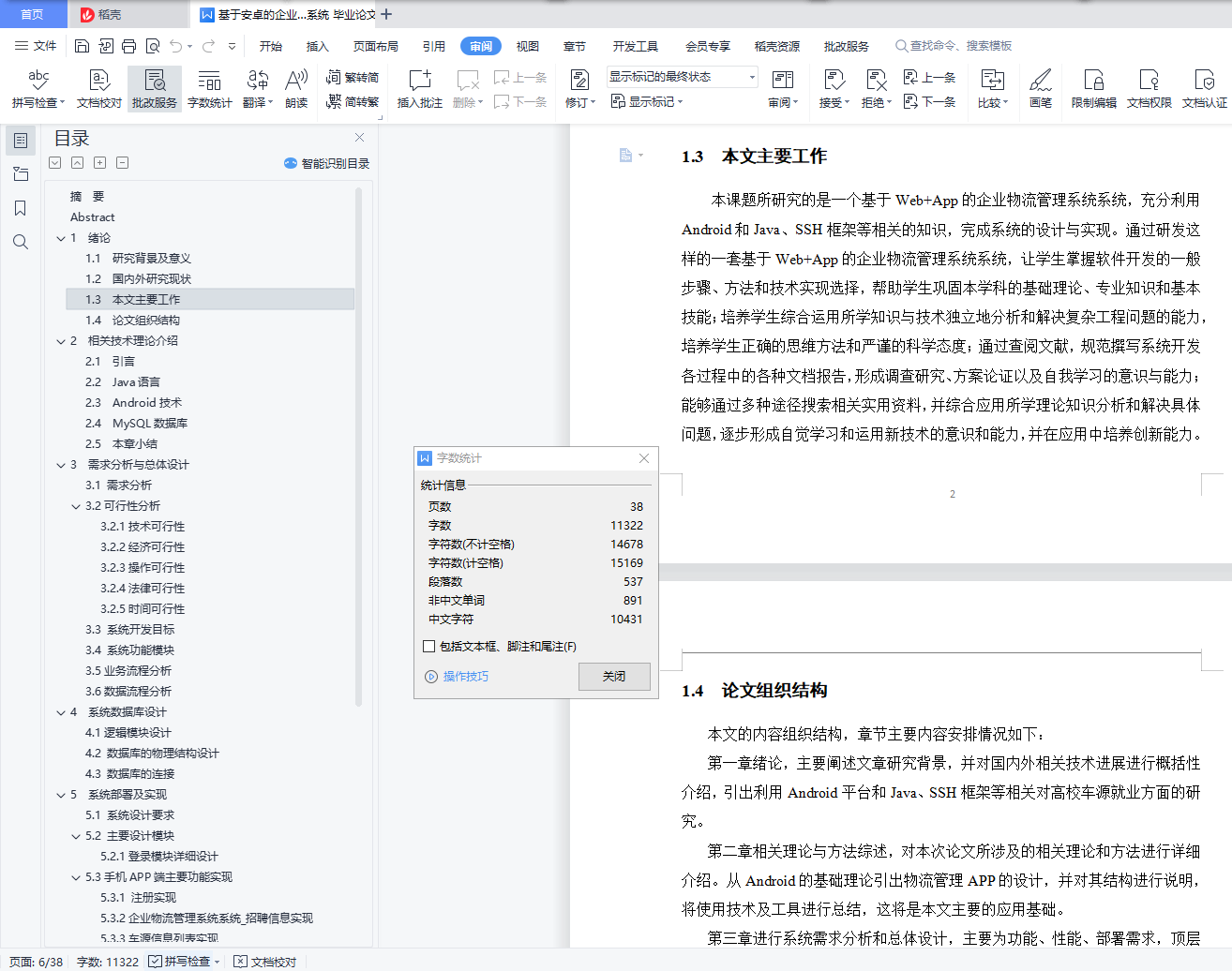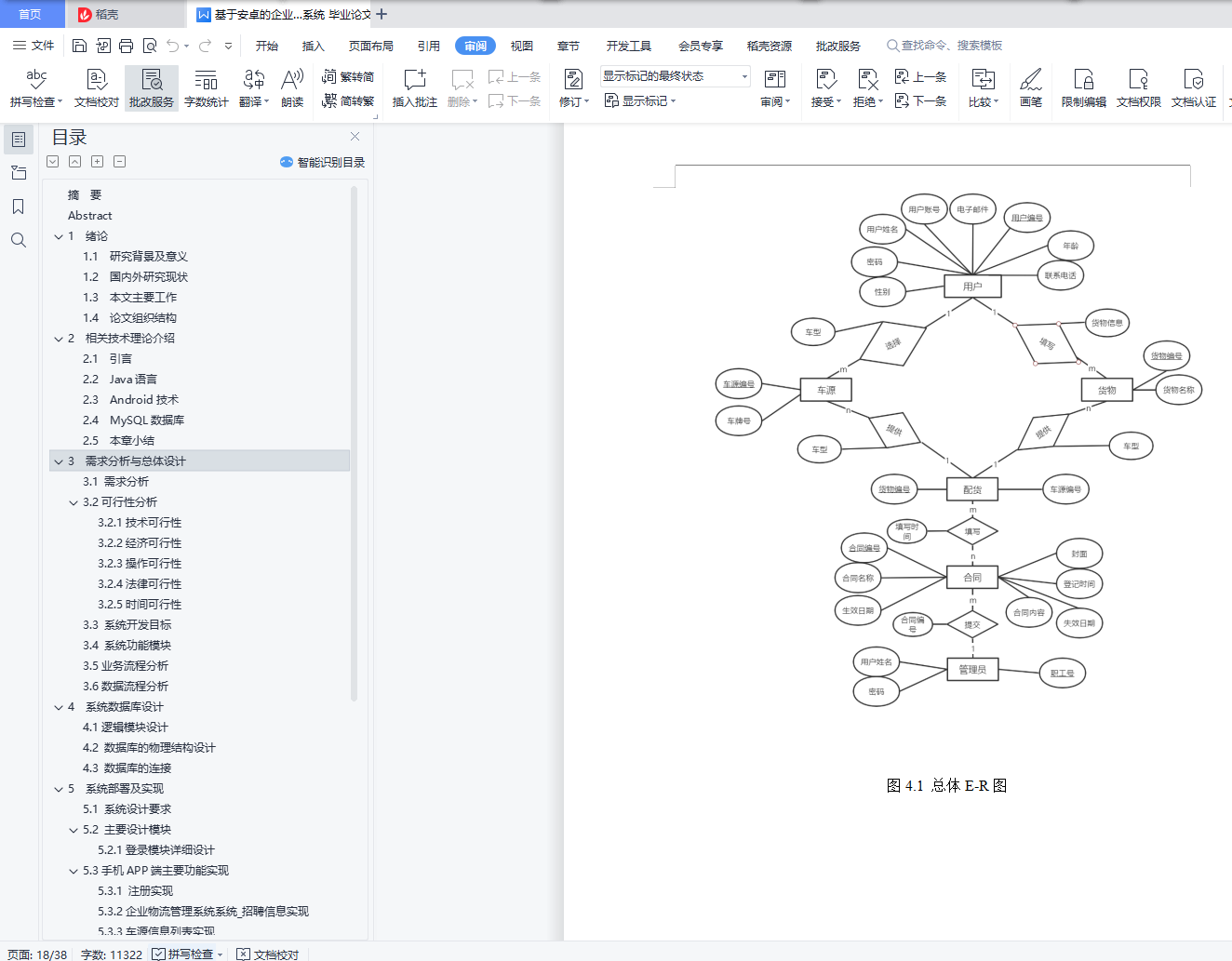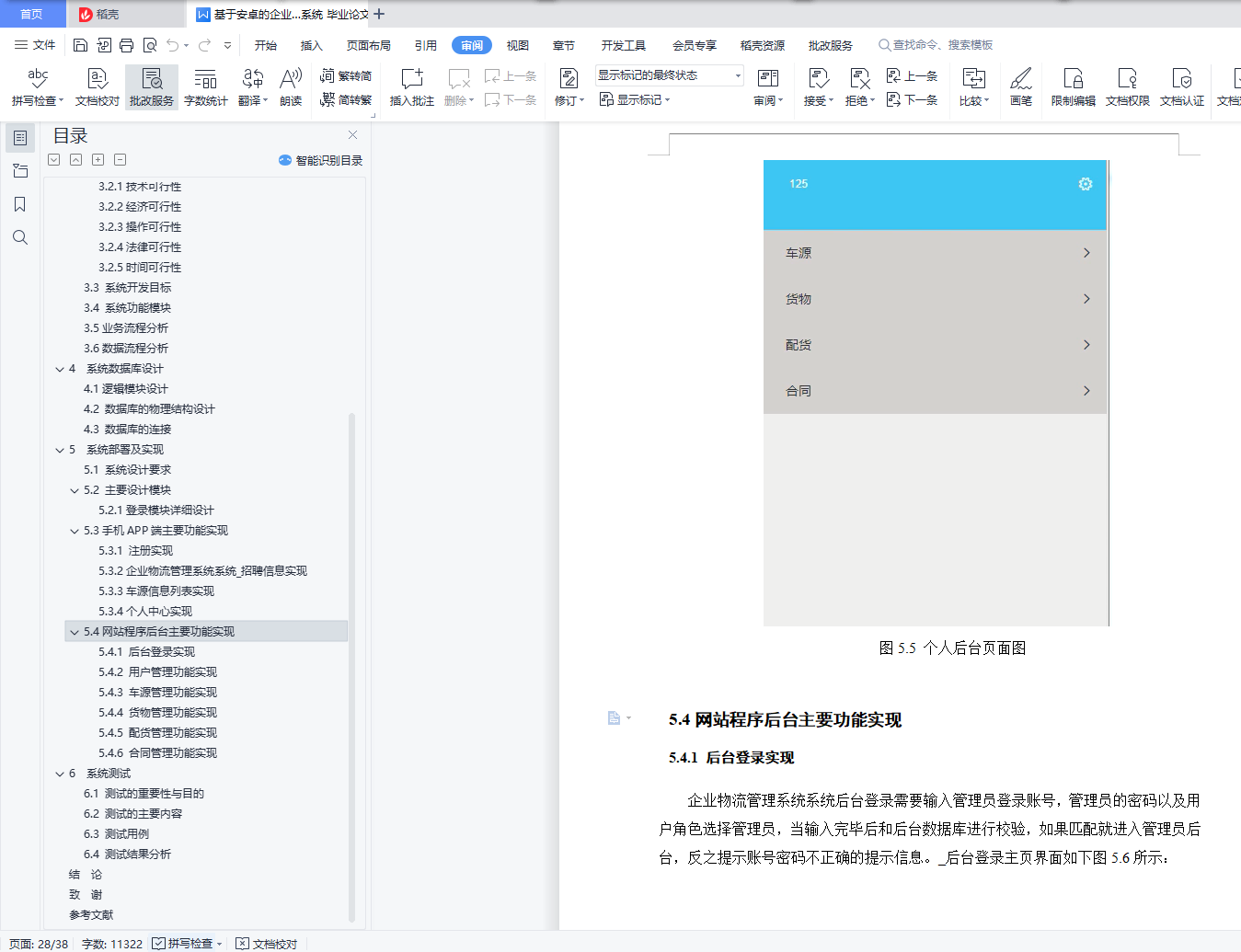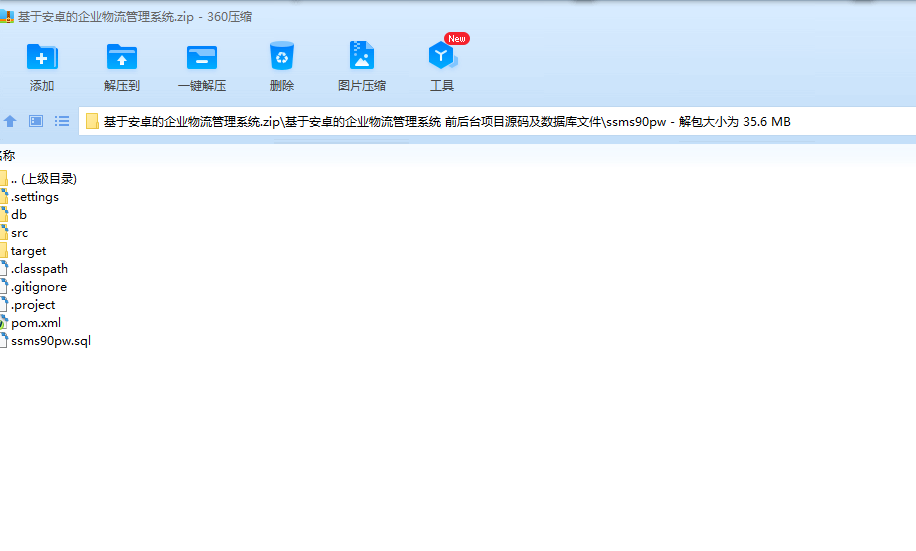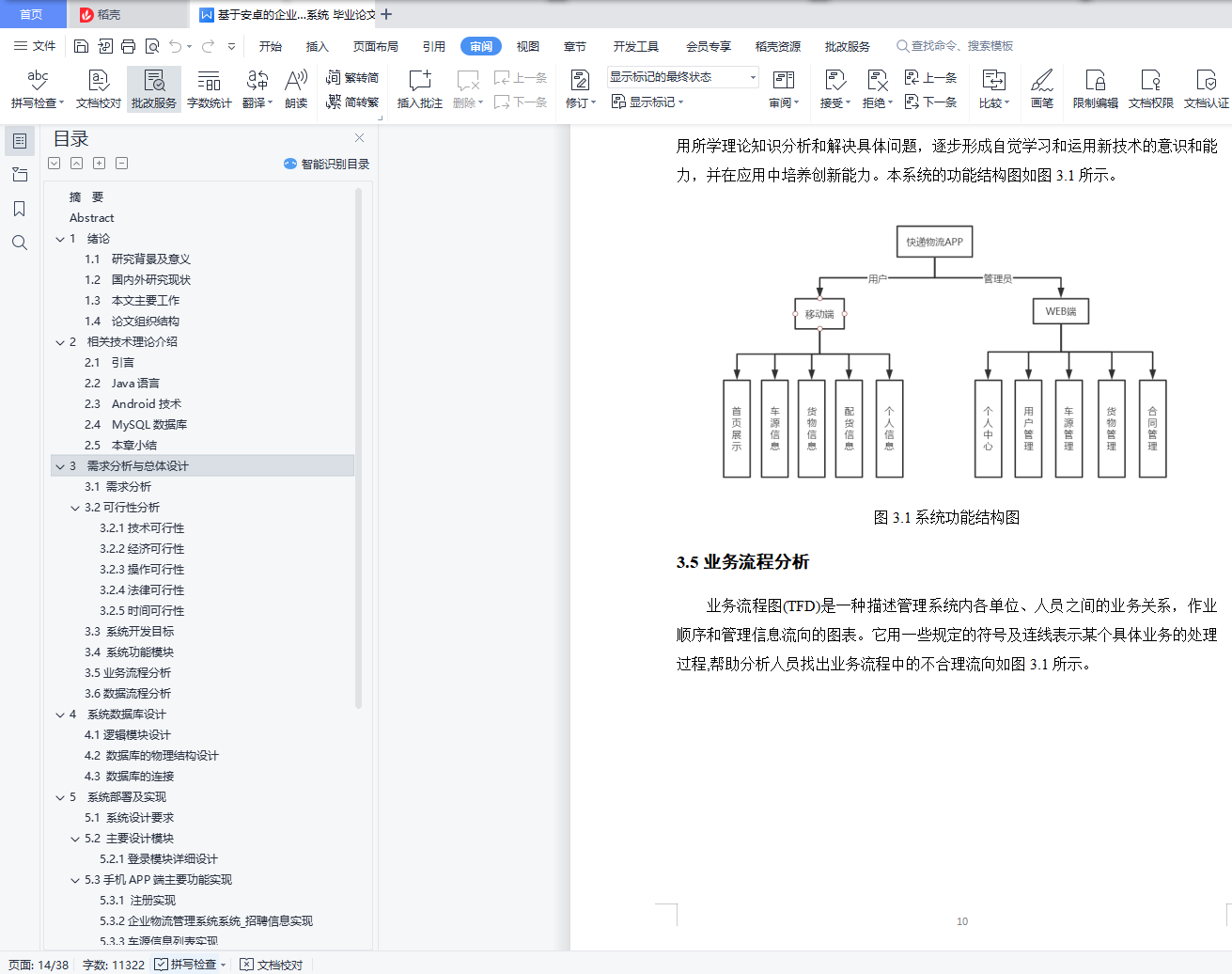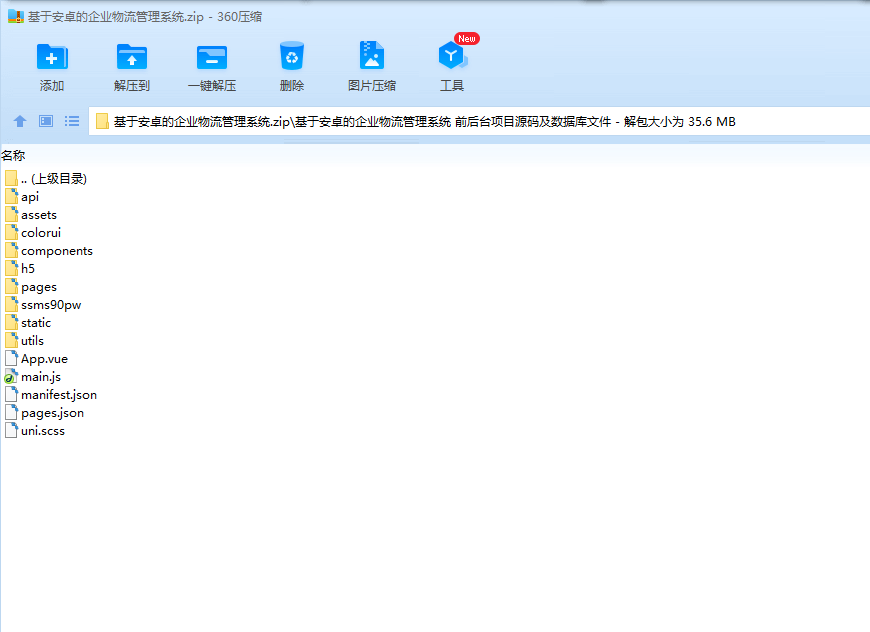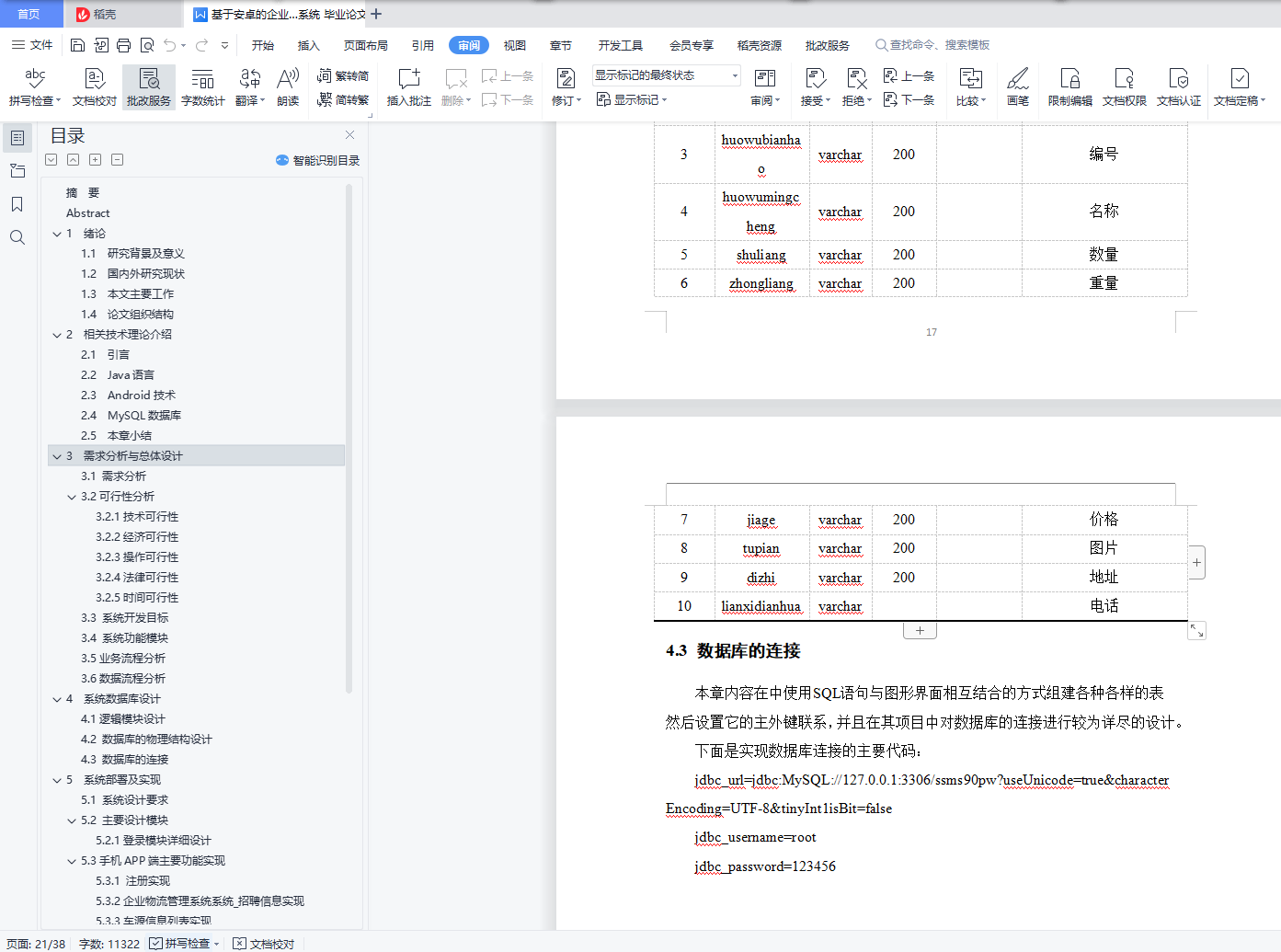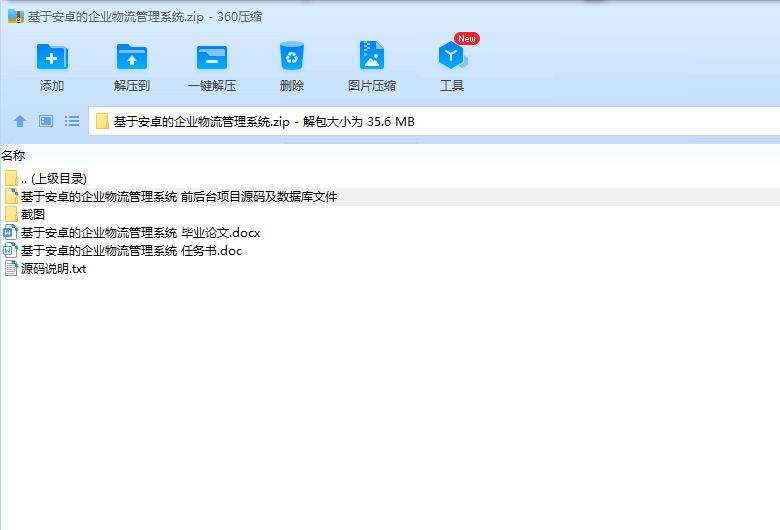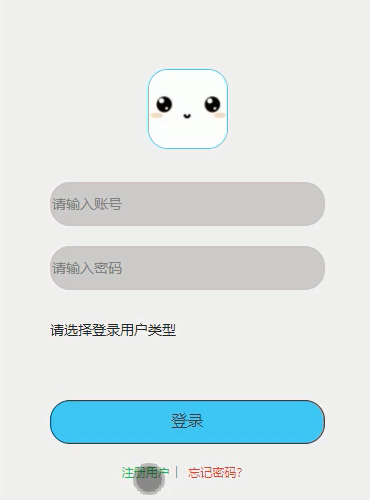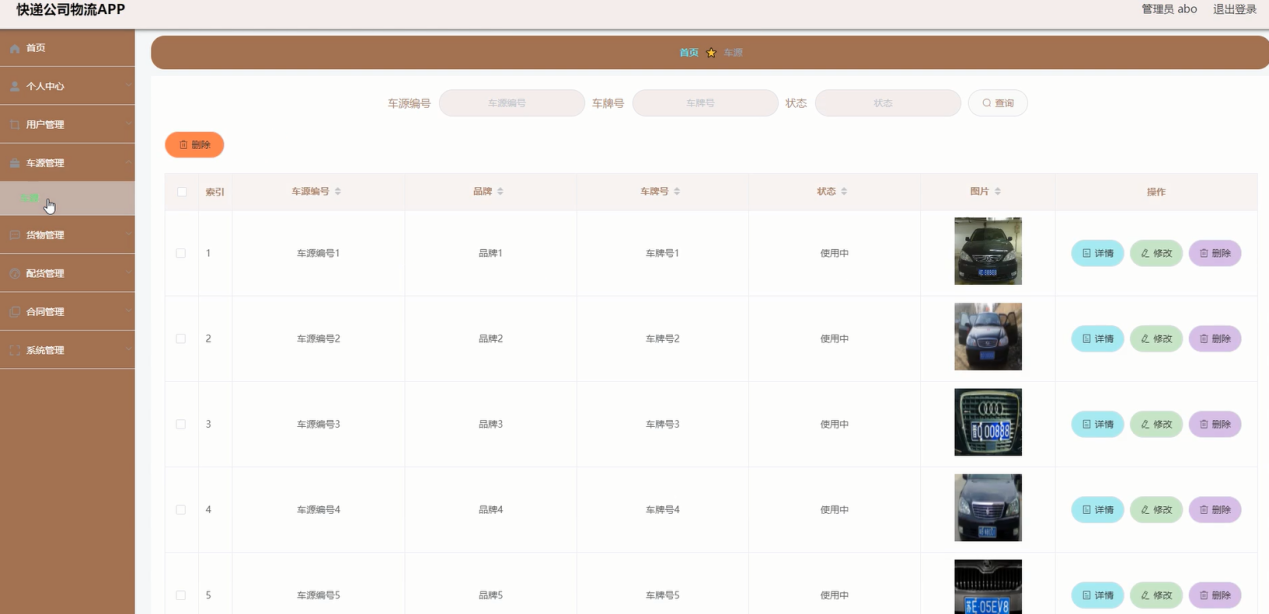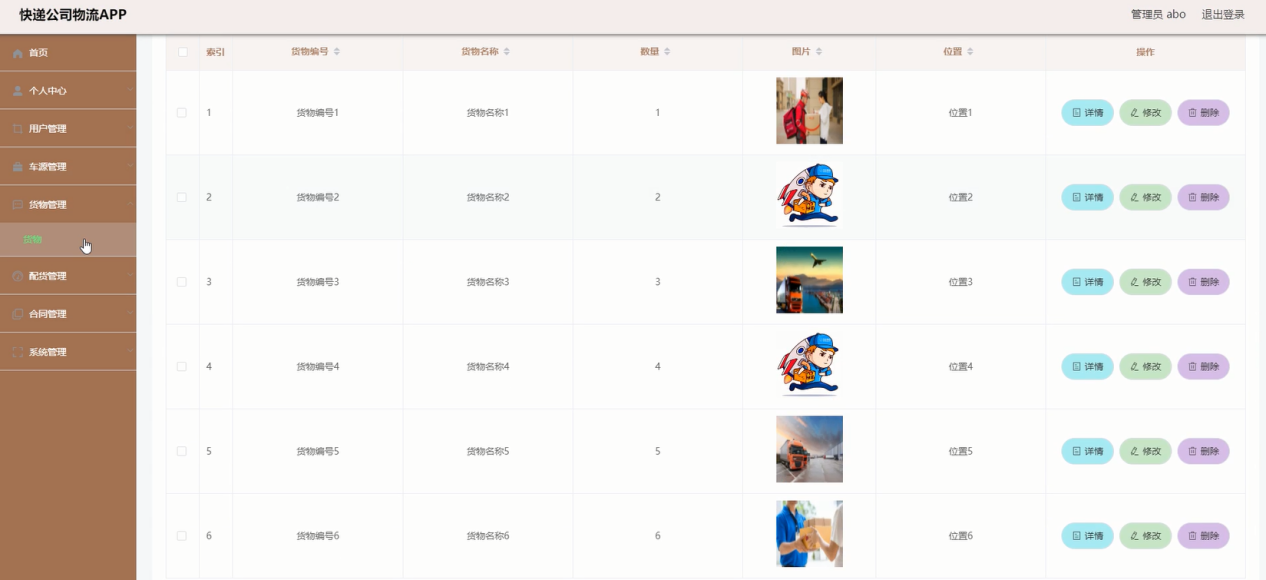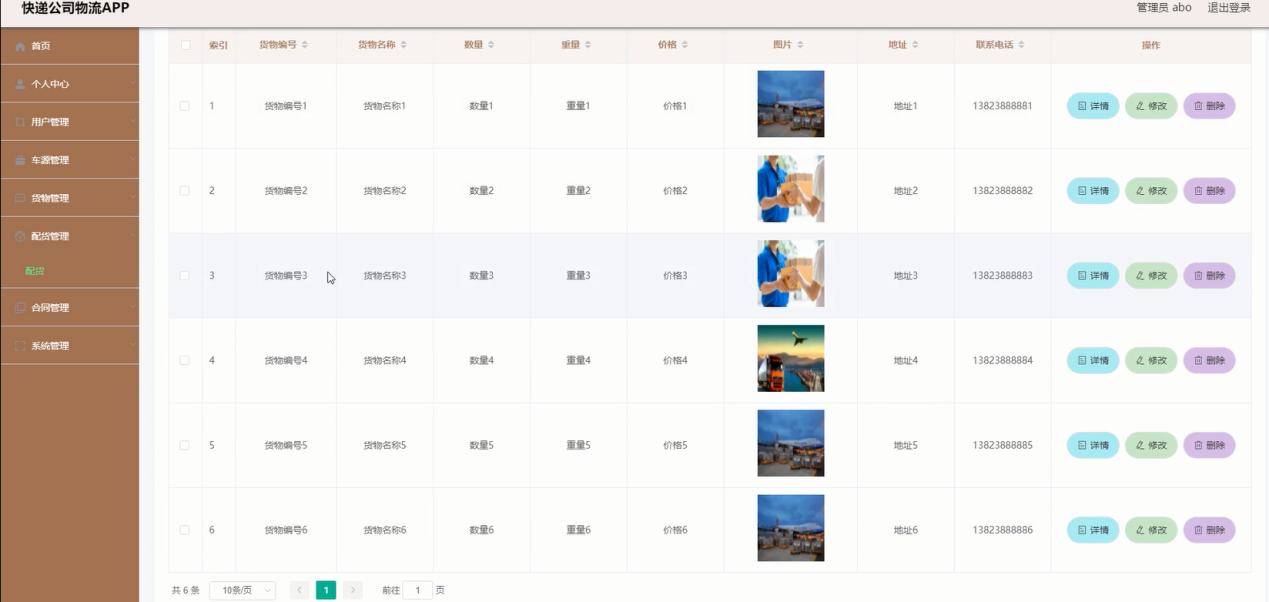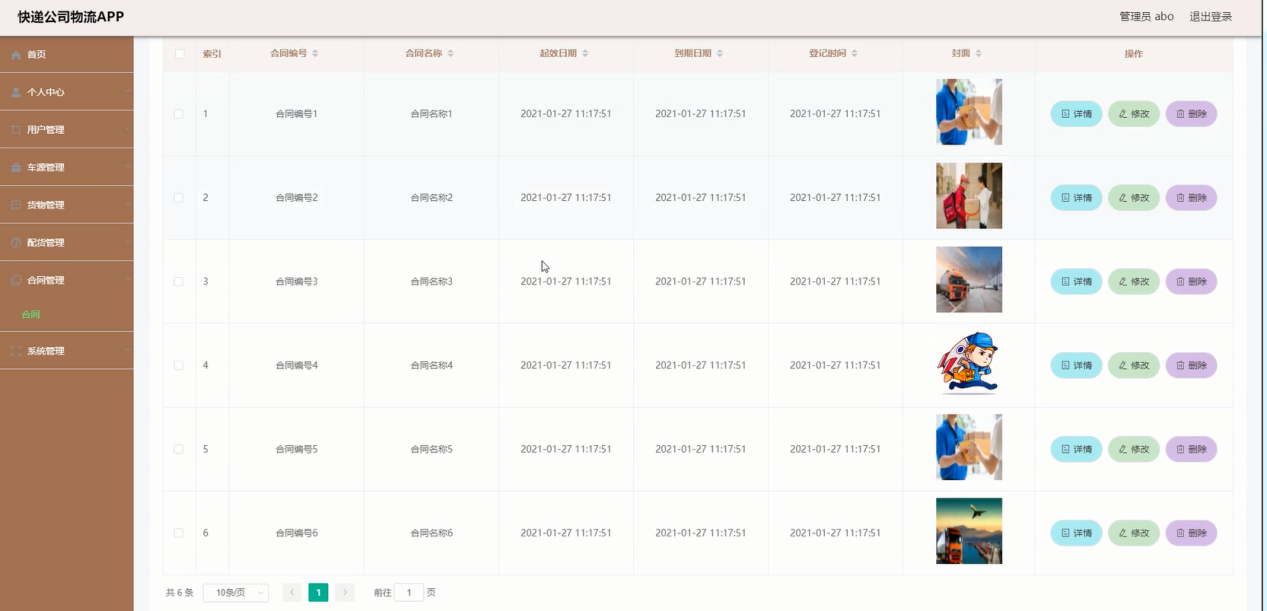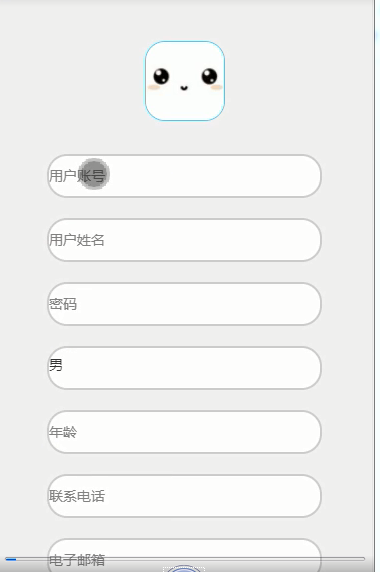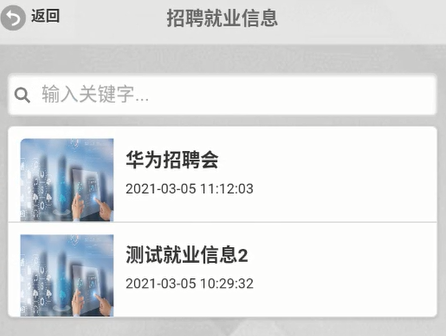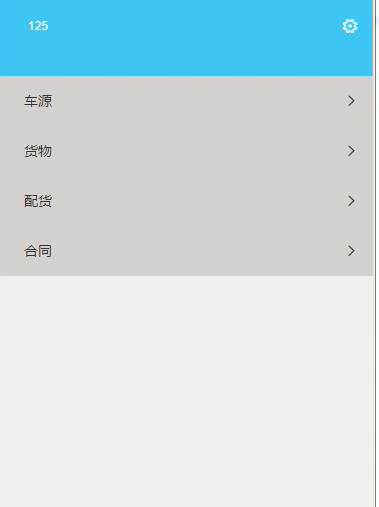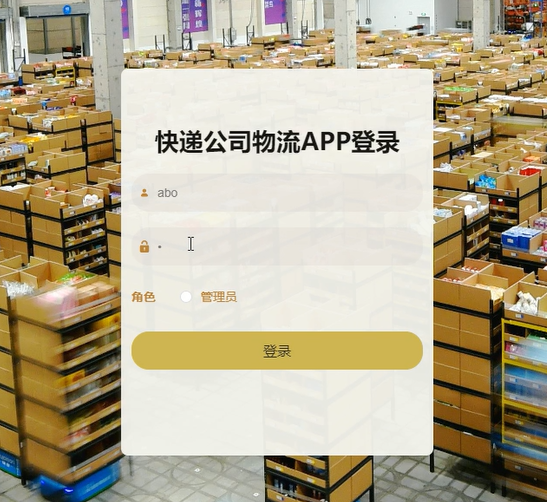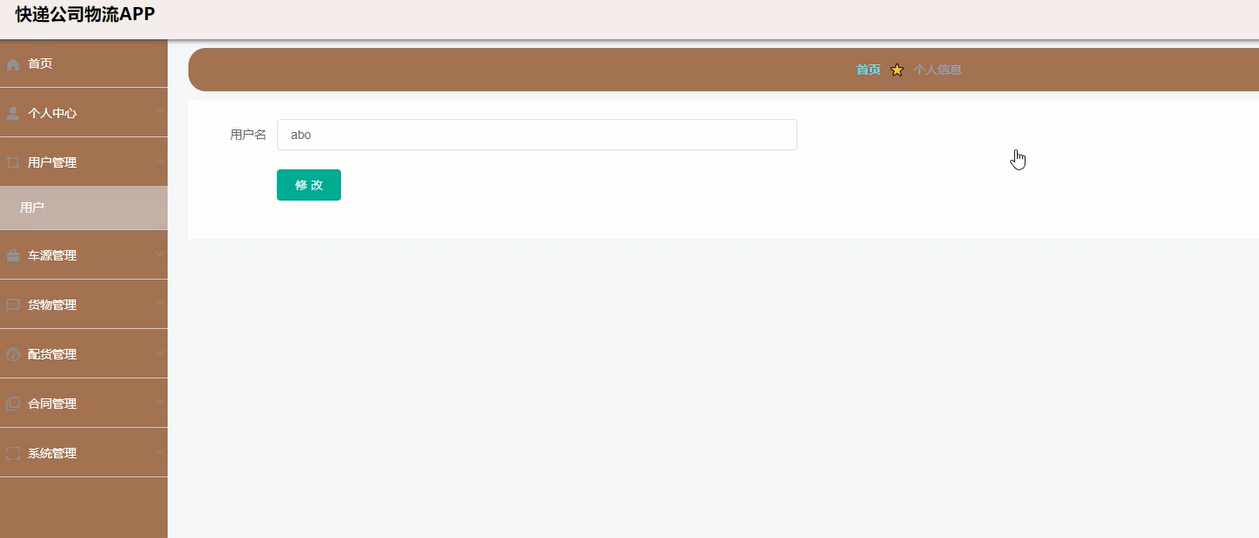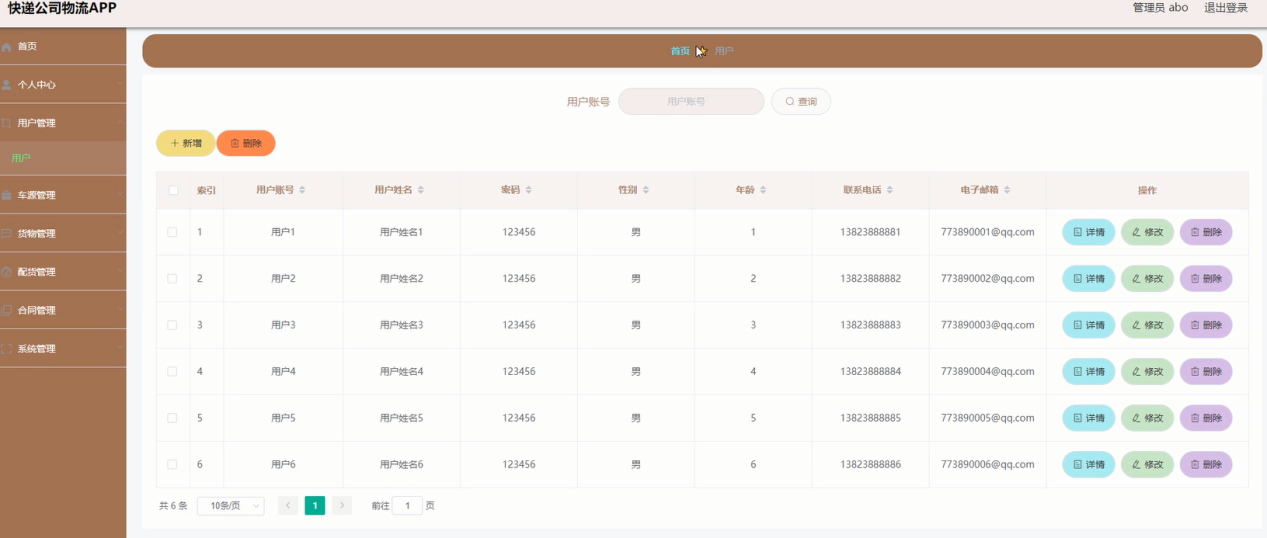摘 要
随着互联网的技术的快速发展和无线网络的更新迭代,使4G网络已成为过去式5G网络蓬勃发展。技术的发展,硬件的提高使人们使用智能手机可以更加快速、便捷的浏览信息、获取信息。
本文首先介绍企业物流管理系统APP开发的背景和选题的意义,阐述了选择Android作为开发平台的优势。
其次,对基于Android系统的快递公司物流管理APP的实现进行了需求分析和开发场景的设置。对于整个企业物流管理系统APP的数据表、功能模块做了详细的分析,并详细的介绍了各个功能模块的功能,绘制了重要的业务流程图。对于快递企业现在使用的物流管理系统进行了分析,并增加了和自己企业的功能模块,提出了无线网络和移动终端设备相结合的快递服务信息查询手段,设计出了一套完整的物流管理系统。系统管理、货物管理、车源管理、配货管理、用户管理、合同管理配送管理等功能。
关键词:物流管理;快递公司;Android;MySQL;SSM
Abstract
With the rapid development of the Internet technology and the update and iteration of the wireless network, the 4G network has become a type 5G network boom of the past.The development of technology and the improvement of hardware make people browse and obtain information more quickly and conveniently.
This paper first introduces the background and topic selection significance of the APP development of the enterprise logistics management system, and expounds the advantages of choosing Android as the development platform.
Secondly, the implementation of logistics management APP based on Android system includes demand analysis and development scenarios.The data table and function module of the APP of the whole enterprise logistics management system are analyzed in detail, and the functions of each function module are introduced in detail, and the important business flow chart is drawn.The logistics management system now used by express enterprises is analyzed, the functional module is added with its own enterprise is added, the express service information query means combined with wireless network and mobile terminal equipment is proposed, and a complete logistics management system is designed.System management, cargo management, vehicle source management, distribution management, user management, contract management and distribution management and other functions.
Key words: logistics management; express delivery company; Android; MySQL; SSM
目 录
摘 要 I
Abstract II
1 绪论 1
1.1 研究背景及意义 1
1.2 国内外研究现状 1
1.3 本文主要工作 2
1.4 论文组织结构 3
2 相关技术理论介绍 4
2.1 引言 4
2.2 Java语言 4
2.3 Android技术 4
2.4 MySQL数据库 6
2.5 本章小结 7
3 需求分析与总体设计 8
3.1 需求分析 8
3.2可行性分析 8
3.2.1技术可行性 8
3.2.2经济可行性 8
3.2.3操作可行性 9
3.2.4法律可行性 9
3.2.5时间可行性 9
3.3 系统开发目标 9
3.4 系统功能模块 9
3.5业务流程分析 10
3.6数据流程分析 11
4 系统数据库设计 13
4.1逻辑模块设计 13
4.2 数据库的物理结构设计 15
4.3 数据库的连接 18
5 系统部署及实现 19
5.1 系统设计要求 19
5.2 主要设计模块 19
5.2.1登录模块详细设计 19
5.3手机APP端主要功能实现 20
5.3.1 注册实现 20
5.3.2企业物流管理系统系统_招聘信息实现 21
5.3.3车源信息列表实现 22
5.3.4个人中心实现 23
5.4网站程序后台主要功能实现 24
5.4.1 后台登录实现 24
5.4.2 用户管理功能实现 26
5.4.3 车源管理功能实现 27
5.4.4 货物管理功能实现 27
5.4.5 配货管理功能实现 28
5.4.6 合同管理功能实现 28
6 系统测试 29
6.1 测试的重要性与目的 29
6.2 测试的主要内容 29
6.3 测试用例 29
6.4 测试结果分析 31
结 论 32
致 谢 33
参考文献 34
